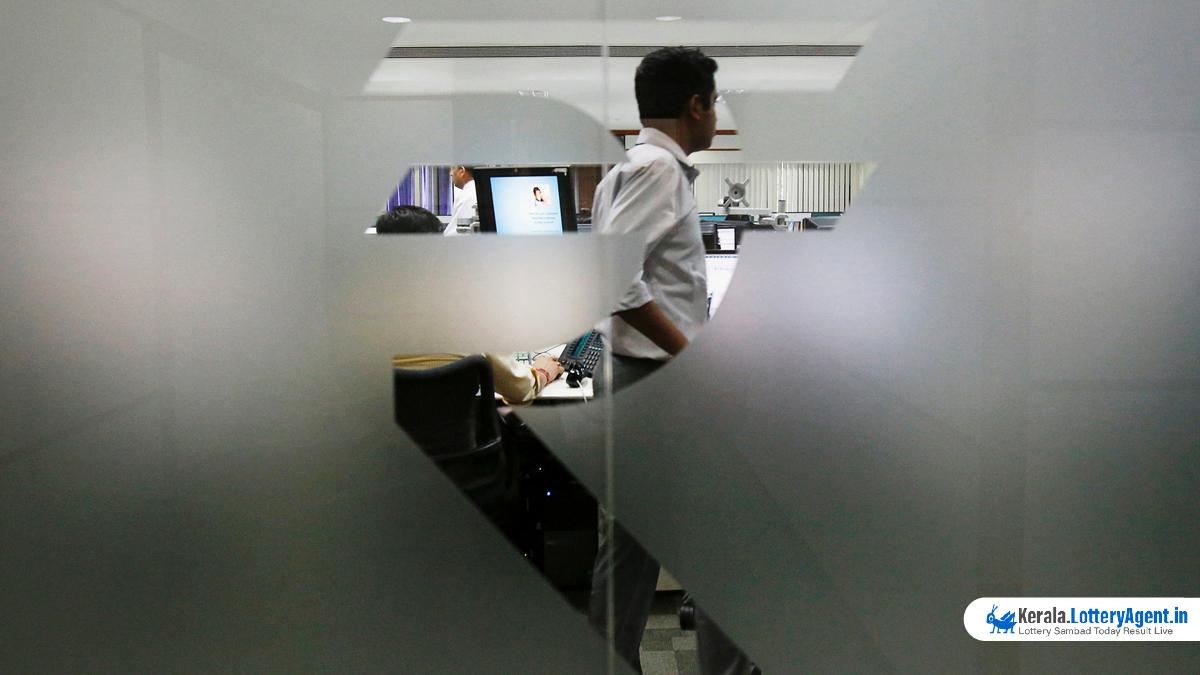
The Indian Rupee edged upwards by a modest 3 paise to close at 83.43 against the U.S. dollar in a provisional settlement on Friday. This slight appreciation was seen in the backdrop of a softening U.S. dollar and retreating crude oil prices, which typically influence the import-heavy Indian economy. Despite the upward movement, the performance of the rupee was limited by significant selling in the Indian equity markets and the ongoing withdrawal of foreign funds.
During the trading session, the rupee witnessed fluctuations within a narrow band, opening slightly stronger at 83.40 before ranging between 83.34 and 83.44 against the dollar. By the end of the session, it managed to secure a position at 83.43, which was minutely higher compared to its previous closing mark. The day before, the rupee had experienced a slight dip, closing 3 paise lower at 83.46 against the greenback.
Anuj Choudhary, a research analyst at Sharekhan by BNP Paribas, commented on the day’s currency movements. He noted that the Indian rupee had capitalized on the weakened stance of the U.S. dollar and the downward trend observed in crude oil prices. However, he cautioned that the broader weakness across domestic financial markets coupled with persistent foreign institutional investor (FII) outflows somewhat anchored the rupee’s gains.
The soft position of the U.S. dollar could be linked to the Federal Reserve’s continued stance on interest rates, maintaining them unchanged for the sixth time in a row. The decision came as a response to what the Fed perceives as a slower progression towards its inflation targets.
Choudhary suggested a mildly negative outlook for the rupee, influenced by internal market weaknesses and selling pressures exerted by foreign investors. Still, he remained optimistic that the subdued U.S. dollar might offer the Indian rupee some reprieve at lower levels.
Amidst this cautious sentiment, traders’ eyes were on the release of pivotal economic reports from the U.S., including the non-farm payrolls and the ISM services PMI. Choudhary hinted at the potential impact of these reports, suggesting that encouraging job data could bolster the dollar, while disappointing figures might weigh on it. He anticipated that the USD-INR spot price would likely oscillate between ₹83.20 to ₹83.60.
Parallel to currency developments, India’s manufacturing sector displayed a slight contraction in growth. According to a recent monthly survey, the manufacturing PMI dipped to 58.8 in April 2024, down from 59.1 observed in the preceding month. Nevertheless, the seasonally adjusted HSBC India Manufacturing Purchasing Managers’ Index (PMI) recorded the second-fastest improvement in over three years, underpinned by resilient demand across sectors.
On the global stage, the dollar index, which compares the greenback with a basket of six major currencies, saw a fractional dip of 0.10%, landing at 105.07. Meanwhile, Brent crude futures, a benchmark for global oil prices, slid marginally by 0.04% to settle at $83.64 per barrel.
In domestic equities, the markets ended in the red, with the Sensex plummeting by 732.96 points or 0.98%, concluding the trading day at 73,878.15. Similarly, Nifty saw a decline, dropping 172.35 points or 0.76%, to wrap up at 22,475.85.
Addressing the flow of foreign capital, FIIs continued their selling spree in the capital markets on Thursday. As per the data from the exchanges, they offloaded shares amounting to ₹964.47 crore on a net basis.
In summary, the Indian rupee’s resilience amidst external pressures highlights its sensitivity to global economic indicators and the domestic equity market’s performance. With the currency market’s dynamics everchanging, the focus remains on macroeconomic cues and investor behavior for future currency valuation projections.












